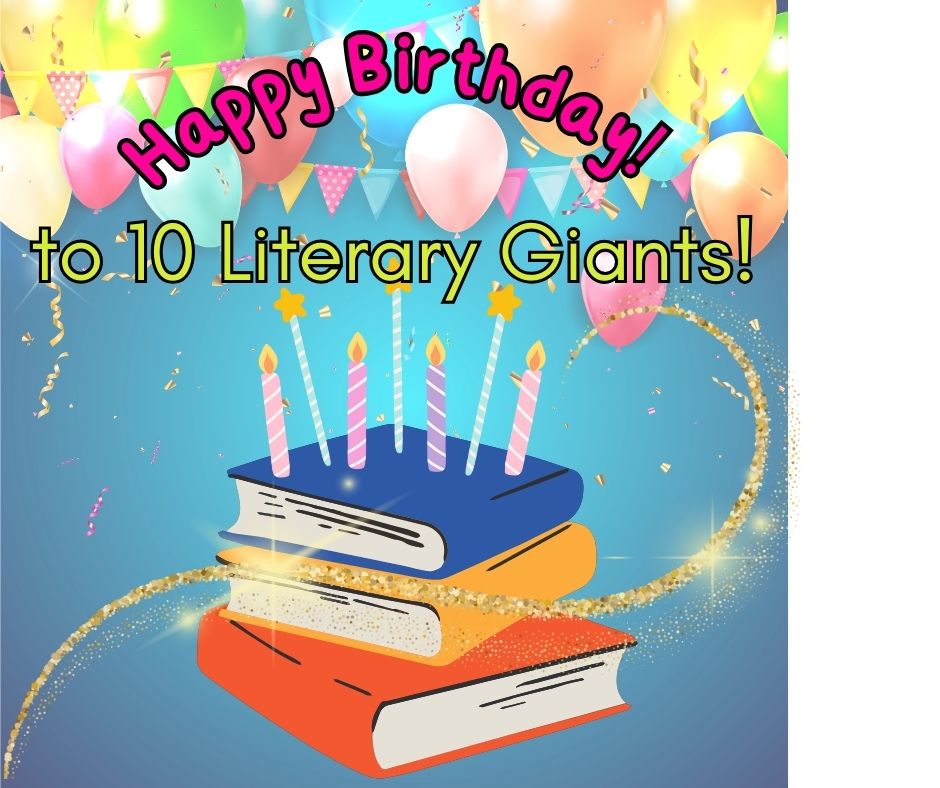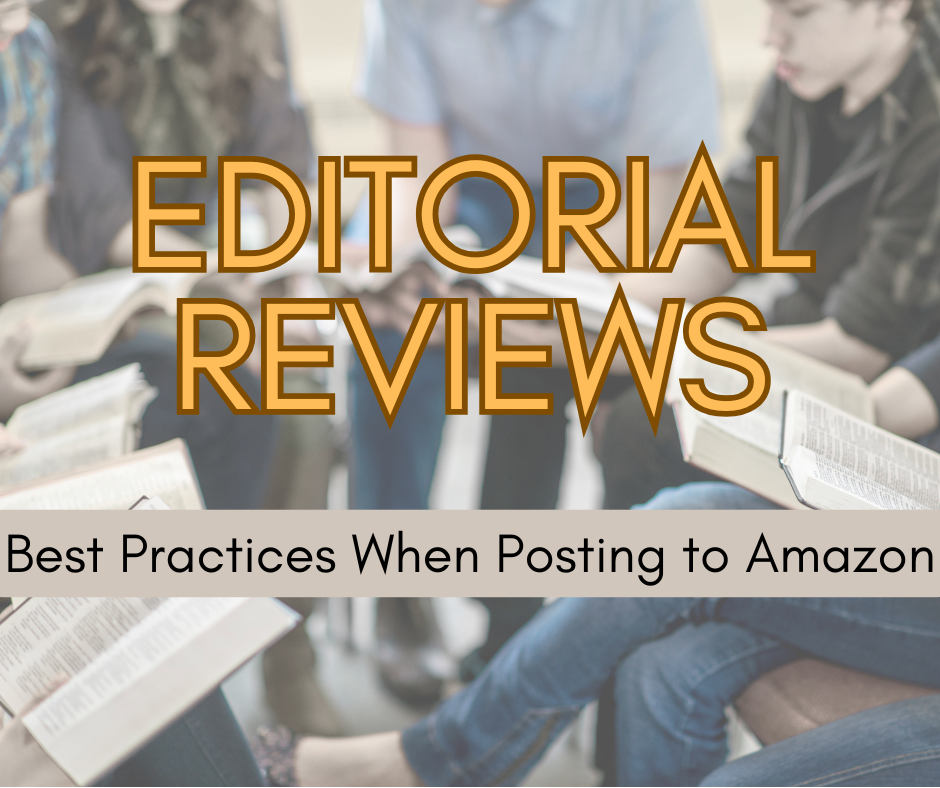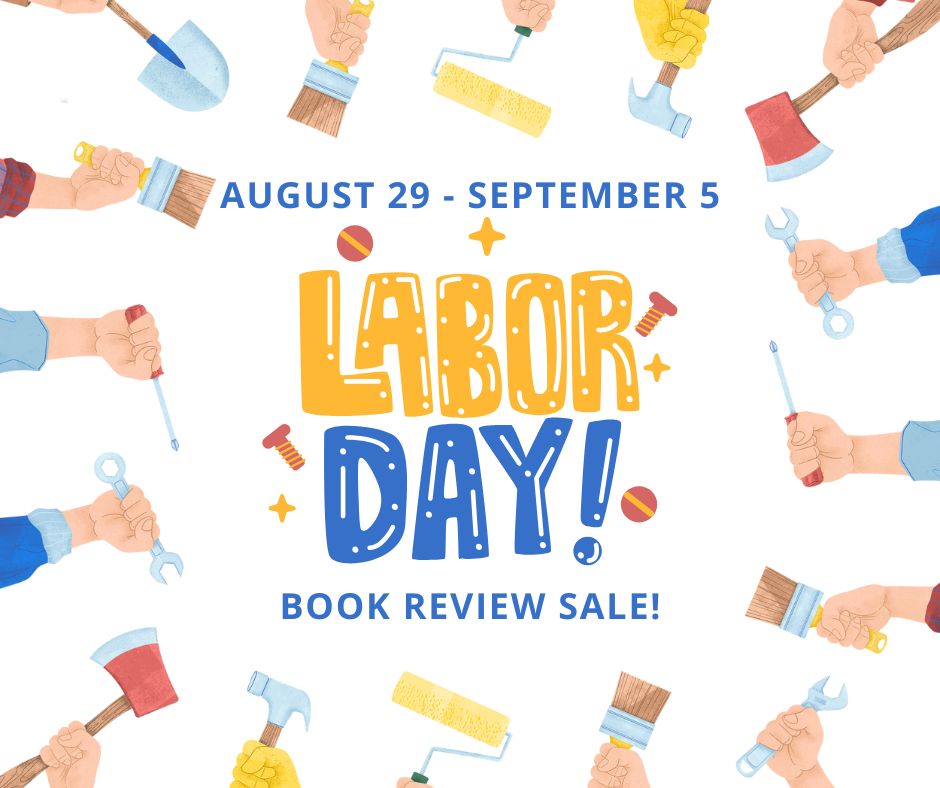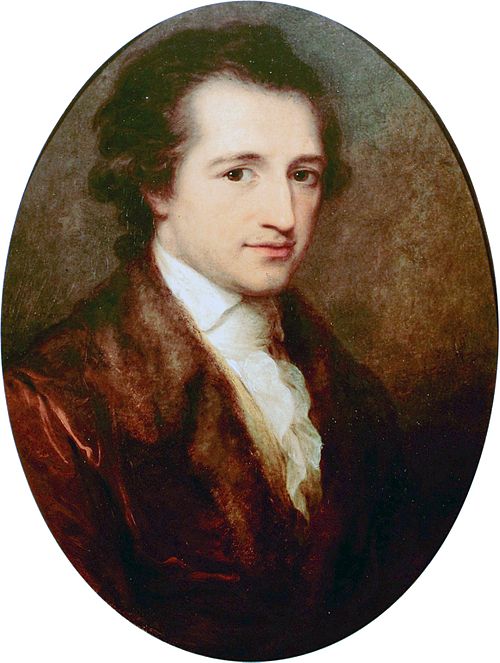|
Listen to or download this article:
|
Your Newsletter Can’t wait!

A Strategic Guide to Reader Engagement and Audience Growth
Your author newsletter isn’t just another marketing obligation—it’s your most direct path to sustainable reader relationships and long-term book sales.
Email marketing remains the highest-converting digital marketing channel, yet it’s easy to treat author newsletters as afterthoughts. While social media algorithms limit your reach and book retailers control your visibility, your author newsletter represents the only marketing channel you truly own. When developed strategically, it becomes your most powerful tool for sustained reader engagement and genre-specific audience development.
Why Your Author Newsletter Matters More Than You Think

The GOAL!
Professional authors recognize that newsletter subscribers convert to book buyers at significantly higher rates than social media followers. Unlike platform-dependent marketing strategies, your email list provides direct access to engaged readers who have explicitly requested your content. Publishers and agents increasingly evaluate authors based on email subscriber metrics, understanding that a quality newsletter audience indicates genuine reader demand and marketing capability.
The most successful authors don’t just collect email addresses—they cultivate reader communities through consistent, valuable newsletter content that strengthens the author-reader relationship with every issue.
Building Your Newsletter Foundation

Hari Seldon understands the importance of a good Foundation
The blinking cursor is hard enough when it comes to creative writing, but for many authors marketing poses a unique challenge. Reframing newsletter writing as something you can do with prompts can turn it into a strategy for success!
Author newsletters can be thought of in two main arms: personal connection and professional value. For both of these, focus in on what engages readers and drives those open rates.
Prompts for your Newsletter

Writing Journey: Writing Craft and Wins
Behind the scenes strategies for making your writing work. No one shares the same experience as a writer, and giving insight into your unique journey can draw readers in! Consider what you feel like you’re an expert in: World Building, Character Development, Dialogue.
And it’s not just writing craft! Share achievements authentically—book awards, positive reviews, speaking engagements, or publishing milestones. These updates build credibility and social proof while keeping readers invested in your career trajectory. Frame these as shared celebrations rather than simple announcements.
Reading Recommendations and Genre Insights
Writers are a great voice within their own genre, and you have the book recommendations to prove it! Thoughtful recommendations can follow a formula to make them easier to write such as a star rating, plot summary, what you loved the most, and who would be the best reader for that. Not only do these recommendations help drive engagement with your readers, but it can help connect you with other authors, creating two valuable links for you!
Exclusive Content and Early Access
These are often the lead magnets of your newsletter. A free short story or that prologue you wrote that didn’t make it into your final draft can be great bonus content for people who already love your work or to bring in people who are just discovering it.
Other great benefits can be raffles, access to playlists you write to, opportunities to join your ARC Team, and so much more! The list of ways you can reward people for following you are nearly limitless. All this helps them feel like subscribing to your newsletter is a privilege, not an obligation.
Mastering Newsletter Subject Lines
Your subject line determines whether readers open your newsletter or delete it. Focus on the most compelling element of each issue rather than generic announcements.
Instead of: “Monthly Author Update” Try: “The Research Discovery That Changed My Entire Plot”
Instead of: “New Book Release” Try: “Three Years of Writing Led to This Moment”
Instead of: “Newsletter #47” Try: “Why I Almost Deleted This Entire Manuscript”
The most effective subject lines create curiosity while promising specific value relevant to your genre audience.
Multi-Channel Marketing for Audience Growth

We all start somewhere
Event-Based Acquisition: Maximize both virtual and in-person events for newsletter growth. Create QR codes linking directly to signup pages, offer event-exclusive subscriber bonuses, and position newsletter signup as continued connection rather than marketing obligation. Physical sign-up sheets are also great for people who are tired of dealing with screens all day.
Cross-Promotion Opportunities: Participate in genre-specific newsletter cross-promotions with fellow authors and through podcast tours. Having a website with a newsletter and landing page is a great way to make sure people who look you up can find an easy way to stay up to date after that first or second good impression.
Website Optimization: Ensure newsletter signup is prominent but not intrusive on your author website. Multiple signup opportunities—header, sidebar, post-content, and dedicated landing pages—increase conversion without overwhelming visitors.
Maintaining Consistency and Relevance
Successful author newsletters benefit from consistent publishing schedules and strategic content planning. Develop an editorial calendar that balances personal updates with genre-relevant content, seasonal considerations, and book release timing.
Brandon Sanderson, an author famous not only for his exceptional success as a writer of high fantasy, but also for his record-breaking Kickstarter campaigns, recommends a minimum of two newsletters a year. Most authors can probably swing once a month. Find a system that works with your schedule and ability to create engaging content and run it from there!
Measuring Newsletter Success

Track metrics that indicate genuine reader engagement rather than vanity numbers.
Current Benchmarks from Mailchimp and the Whop Blog
Recent industry data shows that the overall average email open rate across all industries is 39.7%, with newsletters focusing on specific niches achieving 16% higher open rates than general content. Welcome emails perform exceptionally well, with an average open rate of 47%, making your initial subscriber communication crucial for long-term engagement.
Click-through rates typically range from 1.0% for general industry averages to 3.2% for well-optimized campaigns. Interactive or dynamic newsletters achieve 2x more engagement than static content, suggesting that authors should incorporate multimedia elements and engaging formats.
Key Performance Indicators for Author Newsletters:
- Open rates by content type (identify your most engaging topics)
- Click-through rates to book purchase links (measure commercial effectiveness)
- Subscriber growth rate and retention (track audience development)
- Direct responses and reader interaction (gauge community engagement)
- Book sales correlation with newsletter campaigns (measure ROI)
The Importance of Welcome Emails
Your welcome email represents the highest-engagement opportunity in your entire newsletter strategy. With average open rates of 47%, this first impression often determines long-term subscriber engagement. Use welcome emails to set expectations, deliver your promised lead magnet, and establish the value proposition that will keep readers opening future newsletters.
Building to Benchmark Performance
Don’t expect immediate success with industry-average metrics. The typical conversion rate from free to paid newsletter subscriptions is around 5%, but building a quality engaged audience takes time and consistent value delivery. Focus on delivering exceptional content to your niche audience rather than chasing vanity metrics. Newsletters with A/B testing and comprehensive pre-send quality checks achieve 28% higher returns than those published without optimization.
Where to Start
There are quite a few newsletter platforms out there, and it’s worth doing a little research to determine what’s the right fit for you.
Mailchimp: The Comprehensive Solution Mailchimp offers sophisticated tools and extensive customization opportunities that can elevate your author newsletter to professional standards. The platform excels in automation capabilities, detailed analytics, and integration options with other marketing tools. However, new users often find the interface complex and less intuitive initially. The learning curve is worth the investment, particularly for authors serious about email marketing optimization. Mailchimp offers a free tier for up to 500 subscribers, making it accessible for emerging authors, but costs increase significantly as your subscriber base grows. You can see our write up on Mailchimp here!
Substack: The Creator-Focused Choice Substack has revolutionized newsletter publishing by combining simplicity with powerful monetization features. The platform functions as both a newsletter service and a content discovery network, potentially expanding your reader base through its built-in social features. Everything about Substack prioritizes ease of use—from scheduling newsletters to managing subscriber interactions. The platform’s standout features include seamless paid subscription integration, content paywalls for premium readers, and direct financial support from subscribers. For authors considering paid newsletter models, Substack’s integrated payment system eliminates technical barriers to monetization.
Additional Platform Considerations Beyond these popular options, authors should also evaluate Kit – formerly ConvertKit (excellent for creator-focused automation), Beehiiv (rapid growth in creator economy), and MailerLite (budget-friendly with solid features). Your choice should align with your technical comfort level, monetization goals, and long-term audience development strategy.
Learn from the Best

We know the best when we see them!
Lately, we’ve been discussing our favorite newsletters with some of our authors. Here are some great options to follow:
- Chanticleer Book Reviews & Media Newsletter (obviously)
- Jane Friedman’s Electric Speed newsletter
- Kevin G. Chapman | Newsletter
- Jessica Brody | Newsletter
- Dena Weigel | Newsletter
- J.L. Oakley | Newsletter
- Shelf Awareness
- Kindlepreneur – Book Marketing for Self-Publishing Authors
Your author newsletter represents direct access to readers who have chosen to hear from you regularly. With strategic content development, consistent value delivery, and professional audience growth tactics, your newsletter becomes more than a marketing tool—it becomes the foundation of a sustainable writing career built on genuine reader relationships.
One last tip: Overlap between Social Media and Newsletters
Any section that you write about on your newsletter can be turned into multiple social media posts. Anything that’s more text intensive can be a great Facebook post or thread on Bluesky, and anything image focused can be great for Instagram or TikTok! If you’re one of those authors with video skills, you can even turn your newsletter into a script and use sections for short form content. You can read more about our social media suggestions here!

Thank you for reading this Chanticleer Writer’s Toolbox article.
Writers Toolbox Links from the Article:
Don’t let your Book Be Invisible!
Looking to add more wins and news to share with your readers? Consider getting professional validation that enhances your author platform and provides compelling newsletter content. A Chanticleer Editorial Review offers you a comprehensive professional assessment that not only serves as powerful marketing material but also comes with robust SEO optimization through our AIOSEO package. When algorithms change, we update your review’s online presence to maintain high search engine rankings, ensuring long-term marketing value.
For authors seeking recognition that resonates with readers, our Book Awards program features 28 divisions across fiction and non-fiction categories. These awards create multiple tiers of achievement that strengthen your digital footprint and provide ongoing marketing material for newsletters, social media, and author bios. We regularly hear from authors that award recognition increases book sales when results are announced, giving you concrete success stories to share with your newsletter subscribers.

You know you want it…
Both services provide the professional third-party validation that serious authors need while generating authentic content for reader engagement—exactly the kind of wins and achievements that make compelling newsletter material.












Leave A Comment